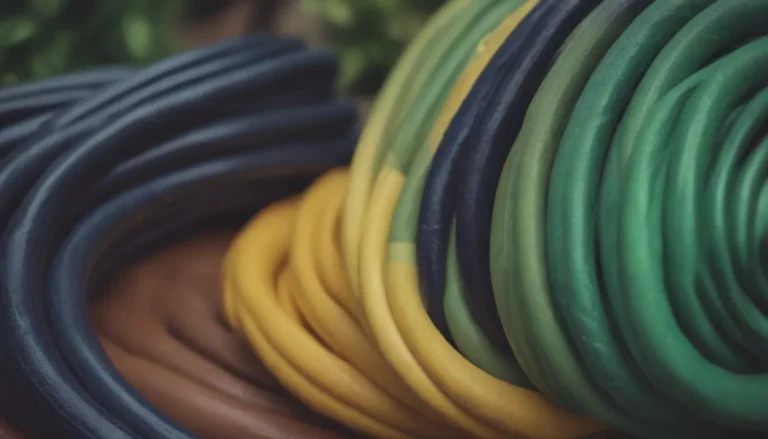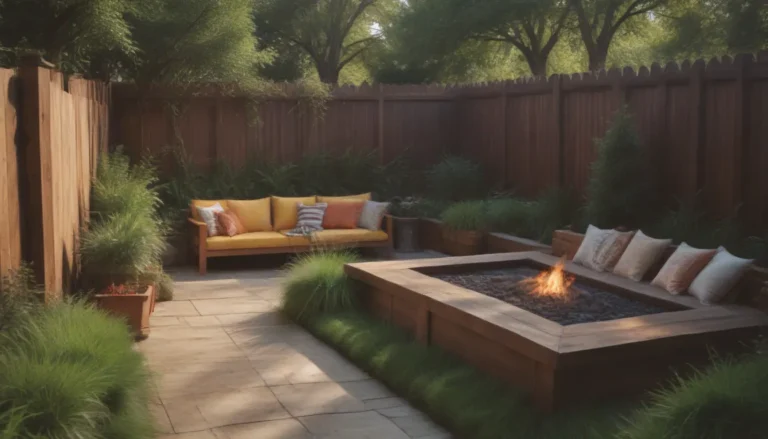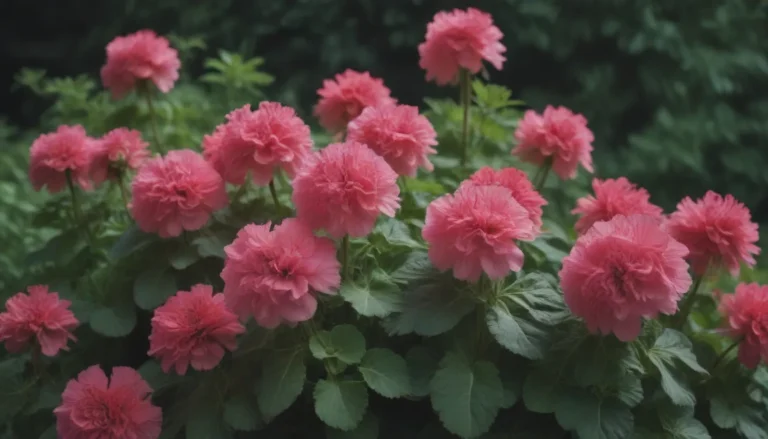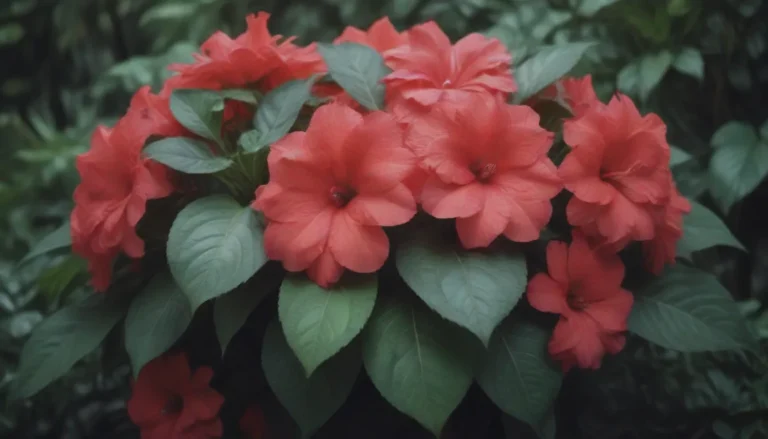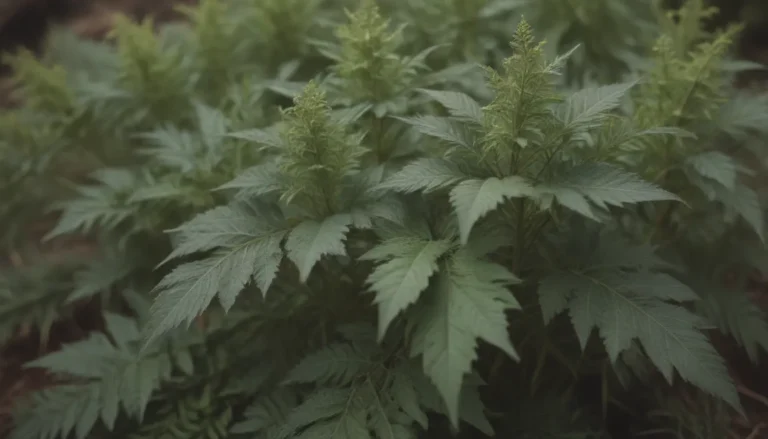Exploring the World of Perennial Sunflowers
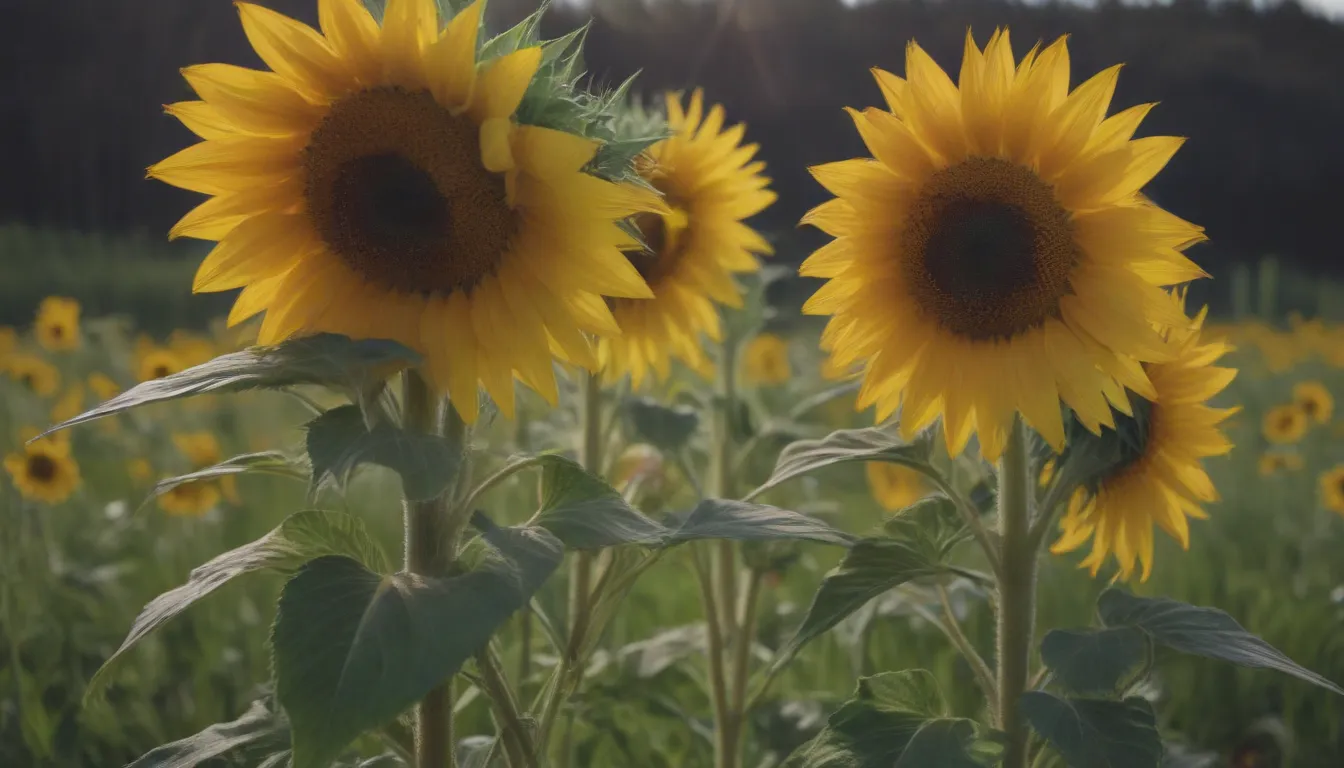
If you’re a lover of bright, beautiful flowers that come back year after year, perennial sunflowers are the perfect addition to your garden. While annual sunflowers are well-loved for their vibrant colors and association with summer, perennial sunflowers offer the advantage of returning season after season without the need for replanting. In this article, we’ll delve into the diverse world of perennial sunflowers, exploring ten different varieties that you can grow in your garden for a stunning display of color and pollinator attraction.
The Beauty of Perennial Sunflowers
Perennial sunflowers, part of the genus Helianthus, are known for their long-blooming nature, gracing gardens with their bright yellow petals from late summer through mid-autumn. While their flowers may be smaller than those of annual sunflowers, they make up for it with weeks of showy color. Ranging in height from 2 to 10 feet, perennial sunflowers can grow as clumps or from rhizomes, spreading aggressively in the garden. These sun-loving plants are heat and drought tolerant, making them a resilient choice for any garden. Their dark green leaves provide a striking contrast to the sunny blooms, and they attract a variety of pollinators, adding life and movement to your outdoor space.
Tips for Growing Perennial Sunflowers
When it comes to growing perennial sunflowers, there are a few things to keep in mind to ensure they thrive in your garden. Here are some helpful tips to guide you:
- Soil Conditions: Perennial sunflowers are tolerant of various soil conditions but prefer soil with organic matter and good drainage. Clay soils may cause issues with invasive varieties like Jerusalem artichokes.
- Propagation: While growing from seed is not always practical for many hybrid varieties, divisions from existing plants are the best way to propagate perennial sunflowers. This can be done in spring or fall.
- Spacing: Rhizomes spread relatively fast, so leave 2 to 3 feet of space around divisions to allow them room to spread.
- Maintenance: Cut back perennial sunflowers in the spring and clear away debris. Some taller varieties may require staking for support.
- Pest Resistance: Perennial sunflowers are resistant to most pests, with powdery mildew being a potential issue. Dividing them every other year can help manage size and increase air flow, reducing the risk of mildew.
10 Types of Perennial Sunflowers to Grow in Your Garden
Now, let’s explore ten different types of perennial sunflowers that you can add to your garden for a burst of color and beauty. From towering giants to compact varieties, there’s a perennial sunflower for every garden space and preference. Let’s take a closer look at each variety:
1. Swamp Sunflower (Heliathus angustifolius)
Despite its unassuming name, the swamp sunflower is a striking flower with bright yellow petals and gold-tipped stamens. Tolerant of salt air and salty soil, this tall perennial is a favorite among birds. Wait until spring to cut back the foliage, as birds enjoy the seeds after frost.
Native Area:
USDA Growing Zones:
Height:
Sun Exposure:
2. Giant Sunflower (Helianthus giganteus)
Resembling the familiar annual sunflowers, the giant sunflower features large seed-filled centers and a tall central stem. Cold hardy and preferring moist, marshy habitats, this perennial is an essential food source for wildlife.
Native Area:
USDA Growing Zones:
Height:
Sun Exposure:
3. Western Sunflower (Helianthus occidentalis)
Also known as fewleaf sunflower, this cheerful perennial is beloved by birds and butterflies. Ideal for borders, the clumps of this variety do not spread aggressively, making it a great addition to any garden.
Native Area:
USDA Growing Zones:
Height:
Sun Exposure:
4. Ashy Sunflower (Helianthus mollis)
Blooming from July through September, the ashy sunflower thrives in thin but well-drained soils, including sand, chalk, and gravel. Birds, especially goldfinches, love its nutritious seeds.
Native Area:
USDA Growing Zones:
Height:
Sun Exposure:
5. Showy Sunflower (Helianthus x laetiflorus)
Also known as the cheerful sunflower, this variety features sunny yellow petals and perky stamens that make it a favorite among perennial enthusiasts. Heat tolerant and long-blooming, its roots and tubers are edible.
Native Area:
USDA Growing Zones:
Height:
Sun Exposure:
6. Maximilian Sunflower (Helianthus maximiliani)
These tall, prolific bloomers, also known as prairie sunflowers, attract a wide range of beneficial pollinators. Their slightly paler yellow petals stand out in any garden, and they are easy to grow from seed, reseeding freely.
Native Area:
USDA Growing Zones:
Height:
Sun Exposure:
7. Willowleaf Sunflower (Helianthus salicifolius)
Frost-tolerant and reaching heights of up to ten feet, the willowleaf sunflower is a standout in any garden. While it tends to spread aggressively once established, there are shorter cultivars available for a more compact look.
Native Area:
USDA Growing Zones:
Height:
Sun Exposure:
8. Jerusalem Artichoke (Helianthus tuberosus)
Known for its showy appearance and nutritious roots, the Jerusalem artichoke is a popular choice for permaculture enthusiasts. However, be mindful of its invasive tendencies, as it can quickly take over a garden space.
Native Area:
USDA Growing Zones:
Height:
Sun Exposure:
9. Beach Sunflower (Helianthus debilis)
Tolerant of poor soils, including salty soil, the beach sunflower is a clumping perennial that adds a pop of color to coastal gardens. While not cold-tolerant, it thrives in sunny locations and makes a beautiful ground cover.
Native Area:
USDA Growing Zones:
Height:
Sun Exposure:
10. Thin-Leafed Sunflower (Helianthus x multiflorus)
A cross between annual sunflowers and Helianthus decapetalus, this hybrid variety features attractive double petals in various cultivars. Perfect for woodland edges and meadows, it adds a touch of elegance to any garden space.
Native Area:
USDA Growing Zones:
Height:
Sun Exposure:
Conclusion
In conclusion, perennial sunflowers are a vibrant and low-maintenance addition to any garden. With their long-blooming nature and attractive blooms, they provide color and interest year after year. By exploring the diverse varieties available, you can create a garden full of beauty and life, attracting pollinators and adding visual appeal to your outdoor space. So, why not plant some perennial sunflowers in your garden and enjoy the beauty they bring year after year?
